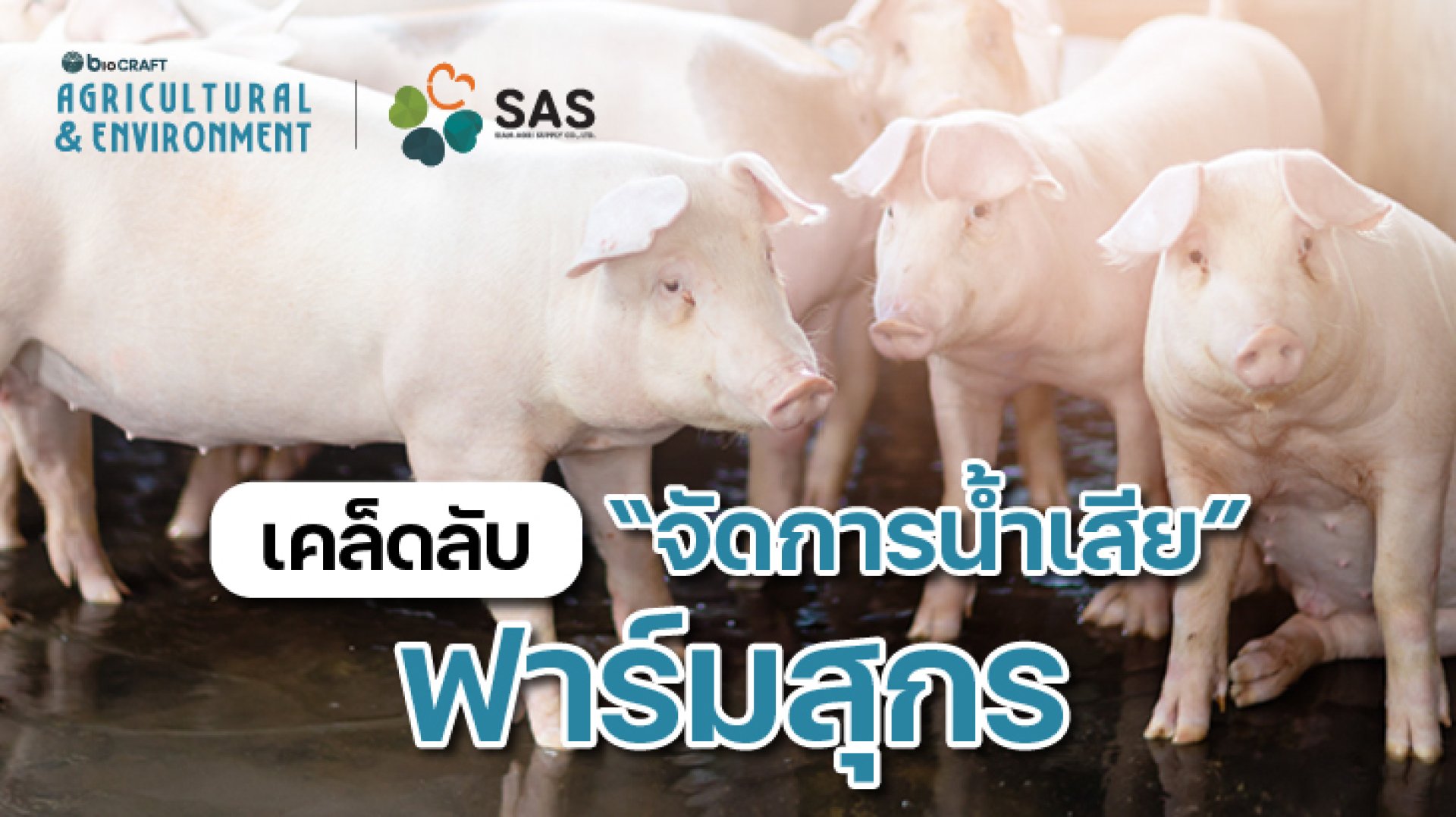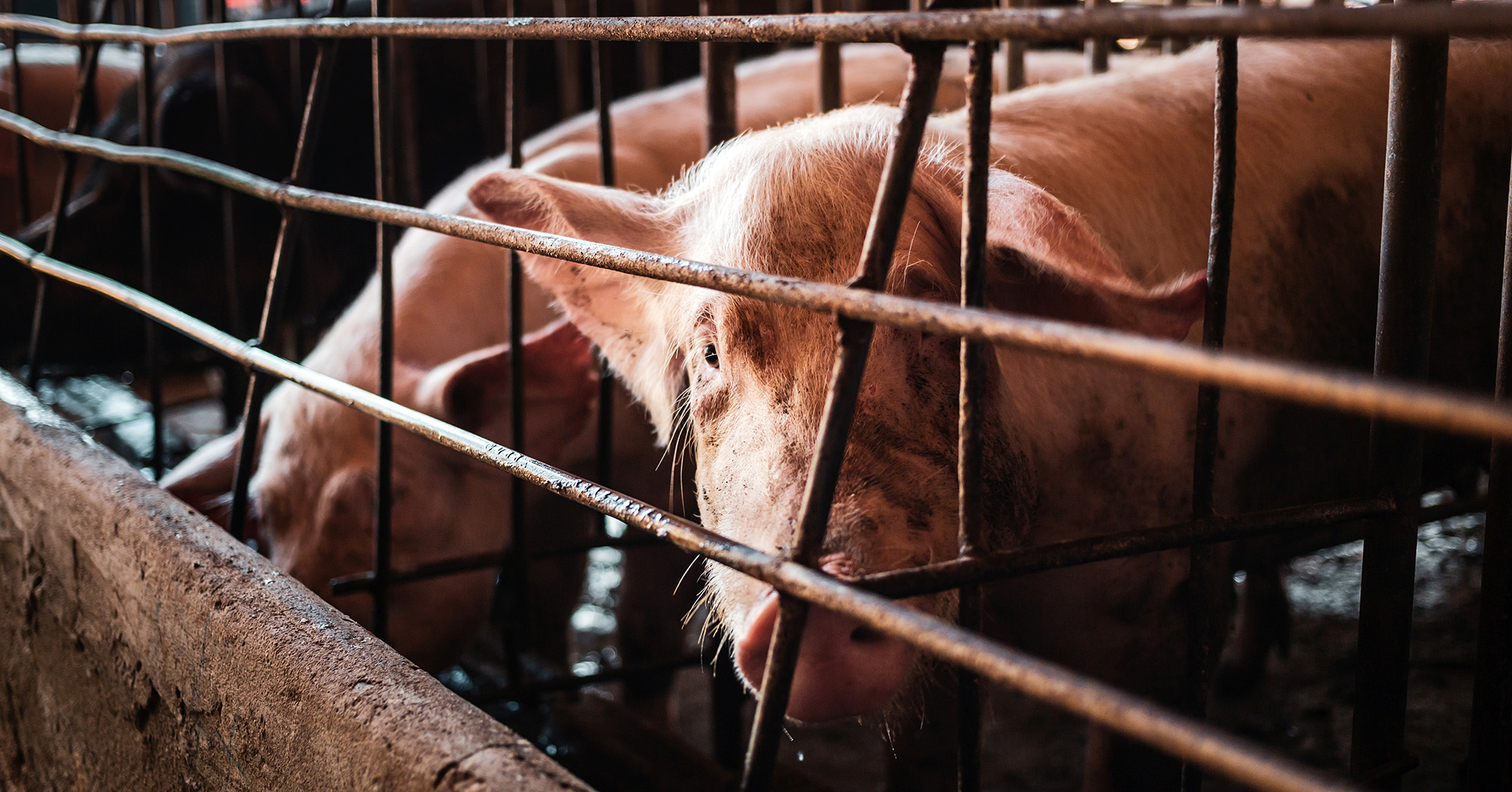Wastewater Management in Pig Farms

Wastewater Management in Pig Farms: Moving Towards Sustainable Environmental Standards
Wastewater in pig farms originates from various activities such as cleaning barns, washing animals, and equipment. If not managed properly, it can cause foul odors and negatively impact nearby communities and the surrounding environment.
To regulate water quality, the Ministry of Natural Resources and Environment announced effluent discharge standards for pig farms (January 4, 2021). The key parameters include:
pH: 5.59.0
BOD: not exceeding 4080 mg/L
TSS: not exceeding 150200 mg/L
COD: not exceeding 250350 mg/L
TKN: not exceeding 120200 mg/L
Total Phosphorus: not exceeding 5 mg/L
Wastewater Management Approaches
- Source control: Separate pig manure from wastewater to reduce accumulation in holding ponds.
- Adopt appropriate technologies: Such as oxidation ponds, anaerobic digestion, constructed wetlands, or biogas systems.
- Use high-quality microorganisms: To minimize chemical usage and safely decompose organic matter.

Micro Klean: A Microbial Solution from SAS
SAS has researched and developed over 300 microbial strains and introduced Micro Klean, which contains four effective strains (Bacillus subtilis, B. amyloliquefaciens, B. licheniformis, and B. methylotrophicus). These microorganisms are capable of:
Decomposing organic matter in wastewater
Reducing unpleasant odors
Functioning effectively in both acidic and alkaline conditions
Micro Klean is therefore an efficient, user-safe, and environmentally friendly solutionideal for pig farms and the livestock industry aiming for sustainable wastewater management standards.


